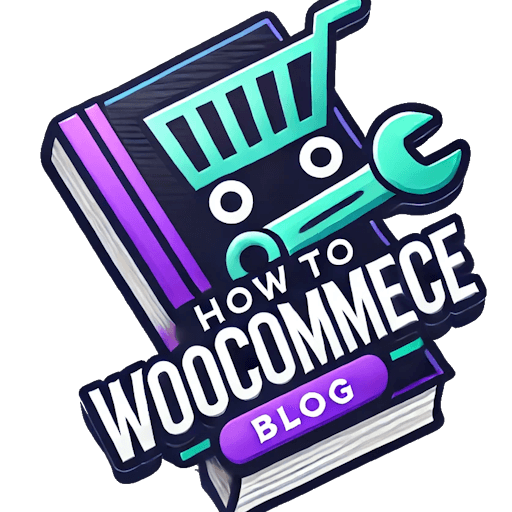# How to Fit Pictures in Thumbnails in WooCommerce: A Comprehensive Guide
WooCommerce is a powerful e-commerce platform, but sometimes its default image handling can leave you wanting. One common issue is getting product thumbnails to display consistently and at the correct size. This article will guide you through several methods to ensure your WooCommerce product images fit perfectly as thumbnails, enhancing the visual appeal and user experience of your online store.
Understanding the Problem: Inconsistent Thumbnails
Inconsistent thumbnails can significantly detract from your WooCommerce store’s professional appearance. Imagine having some thumbnails that are blurry, others stretched, and still others cropped awkwardly. This inconsistent presentation creates a disorganized look and can even confuse customers about the actual product. The root of the problem often lies in incorrect image sizing, missing or incorrect thumbnail generation settings, or even conflicts with your theme or plugins. This guide will help you troubleshoot these issues.
Methods to Fit Pictures in WooCommerce Thumbnails
There are several approaches you can take to resolve thumbnail issues in WooCommerce, ranging from simple configuration tweaks to more involved coding adjustments.
1. Using WooCommerce’s Built-in Settings
WooCommerce provides a basic level of control over image sizing. This is usually the easiest starting point.
- Navigate to WooCommerce > Settings > Products > Display.
- You’ll find options to set the thumbnail size (width and height) in pixels.
- Important: After adjusting these settings, remember to regenerate your thumbnails. WooCommerce usually offers a tool for this within the settings page, but the location might vary depending on your version. This ensures all your existing images are resized to the new specifications.
- Smush Image Compression and Optimization: This popular plugin compresses images without significant quality loss, and it also manages thumbnails effectively.
- ShortPixel Image Optimizer: Another strong contender providing compression and resizing options, offering various plans depending on your needs.
2. Using a Plugin for Image Optimization
Several plugins offer advanced image optimization features, including precise thumbnail control. These plugins can often handle various image formats and offer features like lazy loading for faster website speeds. Some popular choices include:
These plugins often provide user-friendly interfaces for setting thumbnail dimensions and regeneration.
3. Customizing the `functions.php` File (Advanced Users Only!)
For more granular control, you can directly modify your theme’s `functions.php` file. This is an advanced technique, and incorrect modifications can break your website, so proceed with caution. Always back up your `functions.php` file before making any changes.
You can use the `add_image_size()` function to create custom thumbnail sizes. For example, to create a thumbnail 150 pixels wide and 150 pixels tall:
add_image_size( 'custom-thumbnail', 150, 150, true ); // true for hard crop
This code creates a new thumbnail size called ‘custom-thumbnail’. You then need to assign this size to your product image galleries via the WooCommerce settings or directly in your theme files.
4. Checking Your Theme and Plugin Conflicts
Sometimes, conflicts between your theme and other plugins can cause image display problems. To troubleshoot this:
- Deactivate plugins one by one: See if the problem resolves after deactivating a particular plugin. This will help identify the culprit.
- Switch to a default WordPress theme (like Twenty Twenty-Three): If the issue disappears with a default theme, your current theme is likely the source of the problem. Consider contacting your theme’s support or looking for updates.
Conclusion: Achieving Perfect WooCommerce Thumbnails
Getting your WooCommerce product thumbnails to display consistently and attractively is crucial for a positive customer experience. By following the methods outlined above, from simple settings adjustments to more advanced plugin usage or code modifications, you can effectively manage image sizes and ensure your thumbnails look their best. Remember to always back up your site before making significant changes, especially when modifying code. Choose the method that best suits your technical skills and the complexity of your needs. With a bit of attention to detail, you can significantly improve the visual appeal and overall effectiveness of your WooCommerce store.

